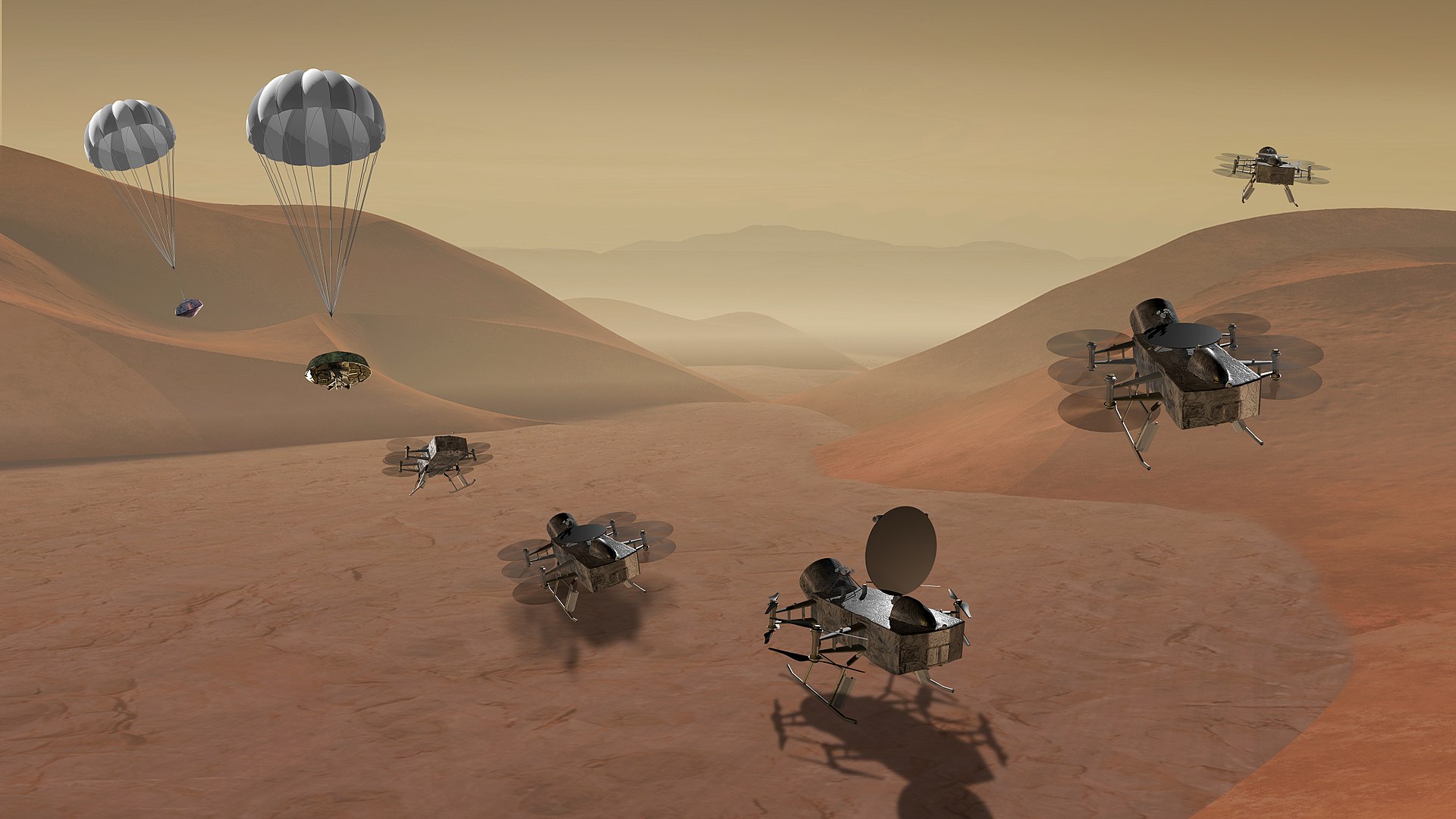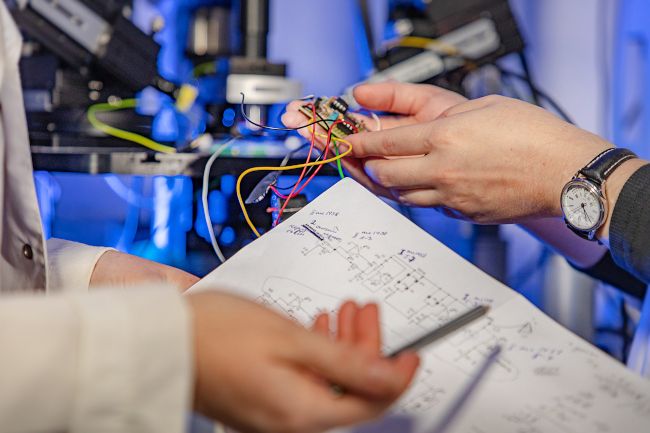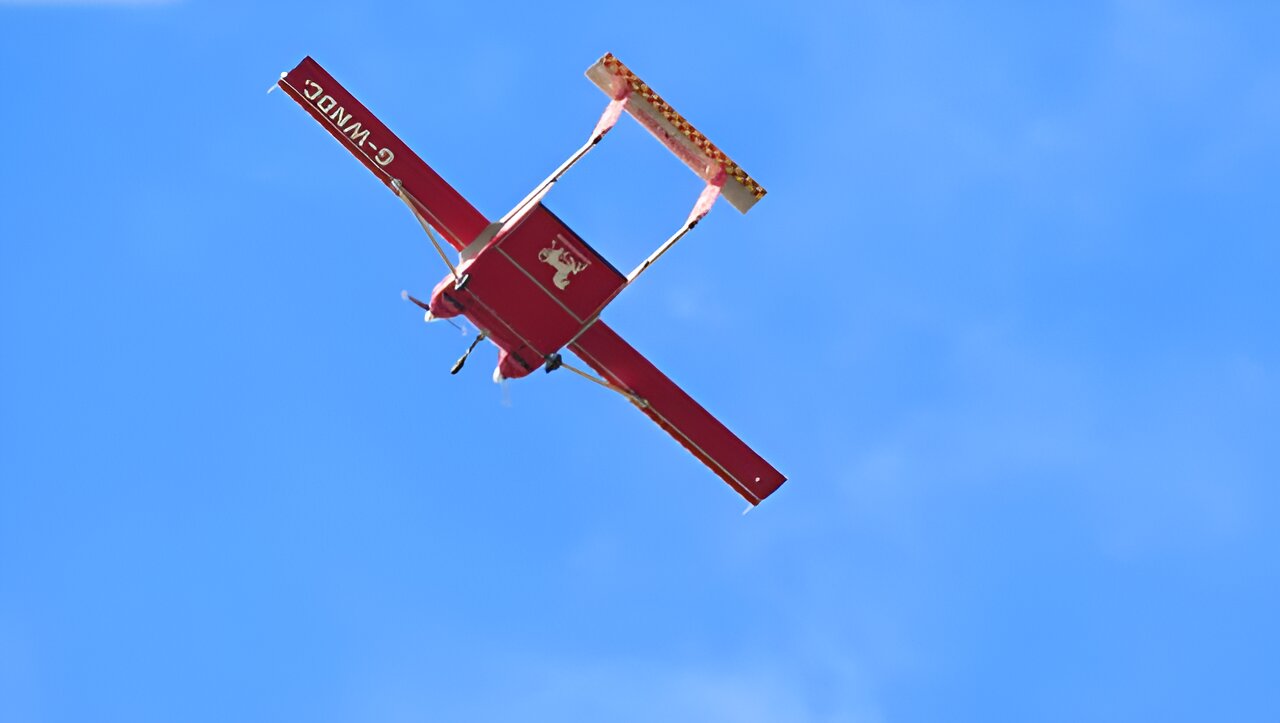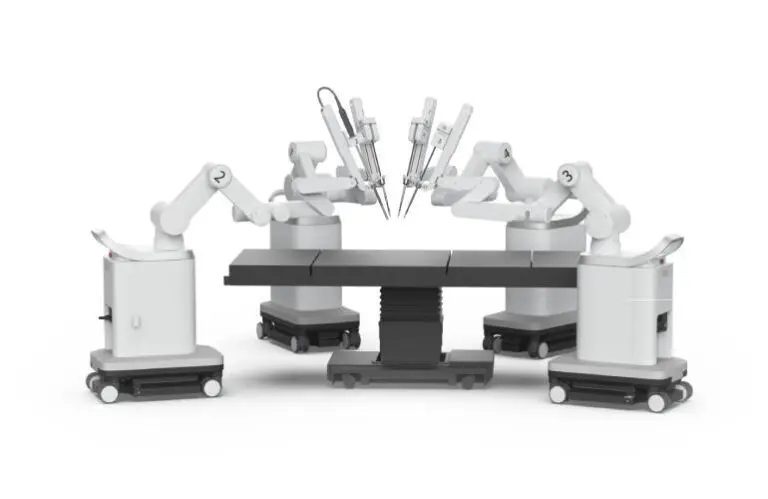NASA has pushed back the launch of its highly anticipated Dragonfly rotorcraft mission to Saturn's moon Titan by one year, from 2027 to July 2028, due to budget uncertainties compromising development timelines. Dragonfly aims to be the first probe performing in situ analysis of Titan's rich organic surface chemistry.
Originally selected under NASA's competitive New Frontiers program in 2019, the mobile quadcopter-style lander will leverage Titan's thick atmosphere to scout diverse locations identifying habitability and prebiotic conditions. Direct surface evidence could reveal if complex organics possibly spawned simple biology there.
With its alien methane-based meteorological cycles, Titan resembles an early Earth where conditions may allow liquid water intermittently. Dragonfly's instruments will sample below the crust seeking chemical indications of water-based life and characterizing an environment resembling our genesis.
Rotors facilitate visiting many more geologically varied sites across years of operation than static landers, supported by radioisotope power. The drone can even fly at night, when icy Earth-like sand dunes shape-shift according to seasonal changes.
Mission leads are strengthening Dragonfly's navigation and control systems through rigorous testing while managing a delayed budget. With launch approval still pending until 2024, researchers fine-tune the spacecraft’s autonomy for operating the solar system’s first mechanical flying scout alone across Titan's alien panoramas.
Though postponed per fiscal uncertainty, Dragonfly'sreadiness highlights NASA’s commitment to revealing ocean worlds’ secrets - perhaps manifesting astrobiology’s ancient question whether 'are we alone?' Perseverance furthers Mars’ ancient riddle; Dragonfly may soon sample where related chemistry unfolded frozen in deep time.


















